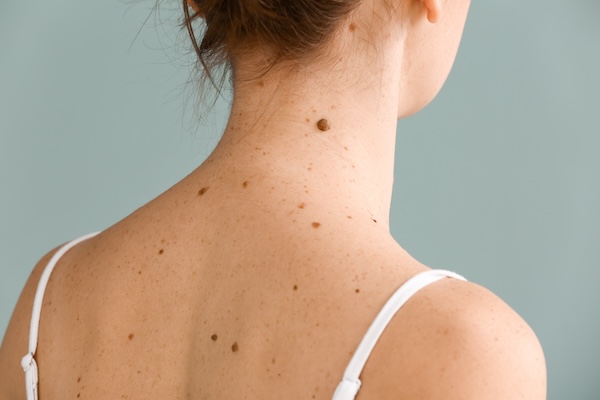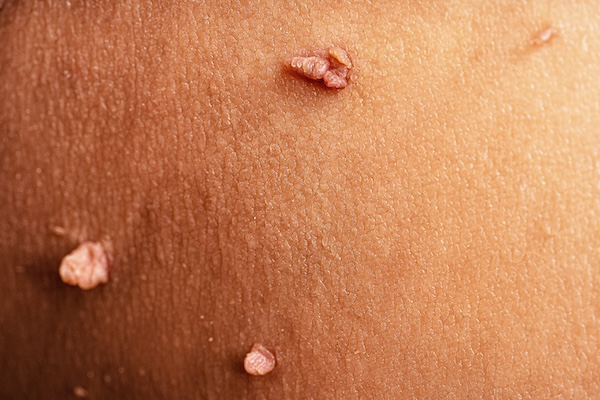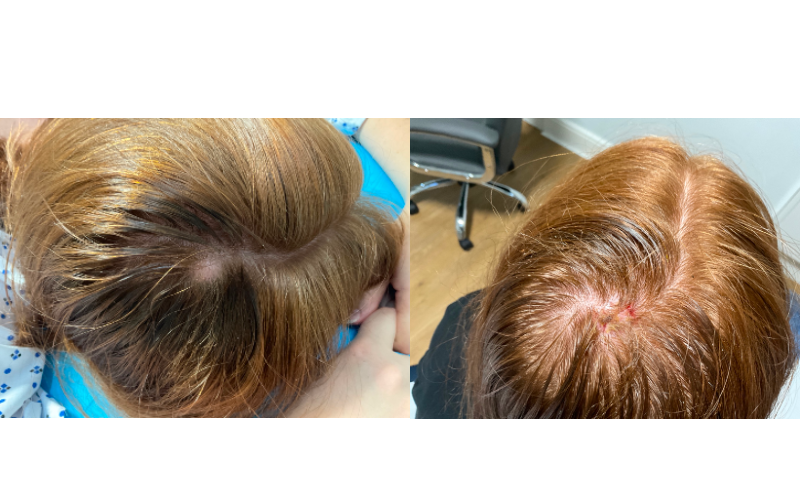Common Skin Conditions

Mole removal
Moles (nevi) are a common type of skin growth. They often appear as small, dark brown spots and are caused by clusters of pigment-forming cells (melanocytes). Most moles are harmless. Rarely, do they become cancerous. Being aware of changes in your moles and other pigmented patches is important to detecting skin cancer, especially malignant melanoma. Most moles don’t need treatment. If you’re self-conscious about a mole, you could try makeup to help conceal it. Anytime you cut or irritate a mole, keep the area clean.
You might also think about surgically removing a mole if it bothers you or if you notice suspicious changes in it. Mole removal takes only a short time and is usually done on an outpatient basis. Mole removal is a relatively painless process which can be removed by surgery, electrolysis or laser under local anaesthetic.
With over 30 years of experience, Mr Sridhar is an expert in quality healthcare and Surgical Dermatology. Having trained in plastic surgery Mr Sridhar will remove the mole by surgical technique and endeavour to minimise the scar post-procedure. Mr Sridhar numbs the area around the mole and cuts it out, along with a margin of healthy skin for a biopsy to ensure that the mole is benign. The procedure may leave a permanent scar. People with Black skin are at increased risk of other surgical side effects, such as pigmentary changes at the incision site and keloid scars.

Skin Tag removal
Skin tags, sometimes called acrochordons, soft fibromas or fibroepithelial polyps, are small noncancerous, or benign, skin growths. Usually, they are bumps of tissue connected to the skin’s surface by a narrow stalk. The colour, texture, size and width of the base can vary.
The technique for removing skin tags is simple and usually effective. To avoid unnecessary health risks, however, skin tag removal should be performed under the guidance of a trained professional. Friction can play a role in the development of skin tags. Commonly, they are located where skin rubs against skin or clothing. Frequently, they develop on the neck, underarms and eyelids, as well as within body folds, such as under the breasts or in the groin area. In some cases, skin tags seem to be associated with obesity, and genetic factors also appear to play a role. Unfortunately, there’s no way to minimize the risk of developing skin tags.
Most skin tags don’t cause symptoms, unless they are repeatedly irritated by rubbing against jewelry, clothing or other items. The tags are harmless, but they won’t go away without treatment. Reasons for treatment include irritation of a skin tag or if you don’t like the way the skin tag looks.
In some cases, after removal, a specimen may be submitted to a pathology laboratory to rule out the possibility of skin cancer.
If you’re interested in having skin tags removed, talk to Mr Sridhar about the best option for you. Perhaps the condition can be treated immediately after the consultation (as a see and treat patient).

Lipoma/ Very Large lipoma removal
A lipoma is a slow-growing, fatty lump that’s most often situated between your skin and the underlying muscle layer. A lipoma, which feels doughy and usually isn’t tender, moves readily with slight finger pressure. Lipomas are usually detected in middle age. Some people have more than one lipoma.
A lipoma isn’t cancer and usually is harmless. Treatment generally isn’t necessary, but if the lipoma bothers you, is painful or is growing, you may want to have it removed.

Cyst removal
Cysts are noncancerous small bumps beneath the skin. They can appear anywhere on the skin, but are most common on the face, neck and trunk. They are collections of fluid or sometimes solid material. Cysts are slow growing and often painless, so they rarely cause problems or need treatment. You might choose to have a cyst removed by Mr Sridhar if its appearance bothers you or if it is painful, ruptured or infected.

Xanthelasma removal
Xanthelasma are yellowish plaques that occur most commonly near the inner canthus of the eyelid, more often on the upper lid than the lower lid. Xanthelasma palpebrarum is the most common cutaneous xanthoma.
Xanthelasma can be soft, semisolid, or calcareous. Frequently, they are symmetrical, and all four lids are sometimes involved. Xanthelasma tends to progress, coalesce, and become permanent. Many individuals with xanthelasma have a lipid disorder. Many xanthelasma occur in normolipemic persons who may have low HDL cholesterol levels or other lipoprotein abnormalities. Uncontrolled diabetes is a common cause of secondary hyperlipidemia.
Numerous options are available for the removal of xanthelasma, including surgical excision, laser ablation, chemical cauterization, electrodesiccation, and cryotherapy. Mr Sridhar will discuss the best option with your based on your other medical conditions and presentation.
Procedure | Cost from |
Consultation | £150 |
Excision of Mole (biopsy cost extra) | £550 |
Additional Mole | £350 |
Currettage and Cautery | £350 |
Additional Lesion | £200 |
Removal of Cyst | £575 |
Removal of Additional Cysts | £400 |
Removal of Lipoma | £800 |
Removal of Skin Tag | £75 |
Additional Skin Tag | £50 |
Shave Excision of Wart | £300 |
Additional Lesions for Shave Excision | £175 |
Skin Cancer Surgery From | £1500 |
Local Flap | £900 |
Skin graft | £650 |
Xanthelasma | £750 |
Consent for lumps and cyst | |
Patient information leaflet-skin condition | |
Photo consent form |
Send us
your message
There are three 3 easy ways to contact us:
-
Call us now on 07492 185412
-
Request a callback, using the form below
-
Send us an email care@integura.co.uk, or fill in the form below.
CLINIC ADDRESS
Integura
No 7 Blyth Road
Bromley BR1 3RS
REGISTERED ADDRESS
Adithya Enterprises Limited
97b plaistow lane
Bromley BR1 3AR
Copyright by Integura 2022. All rights reserved.
Copyright by Integura 2022. All rights reserved.


